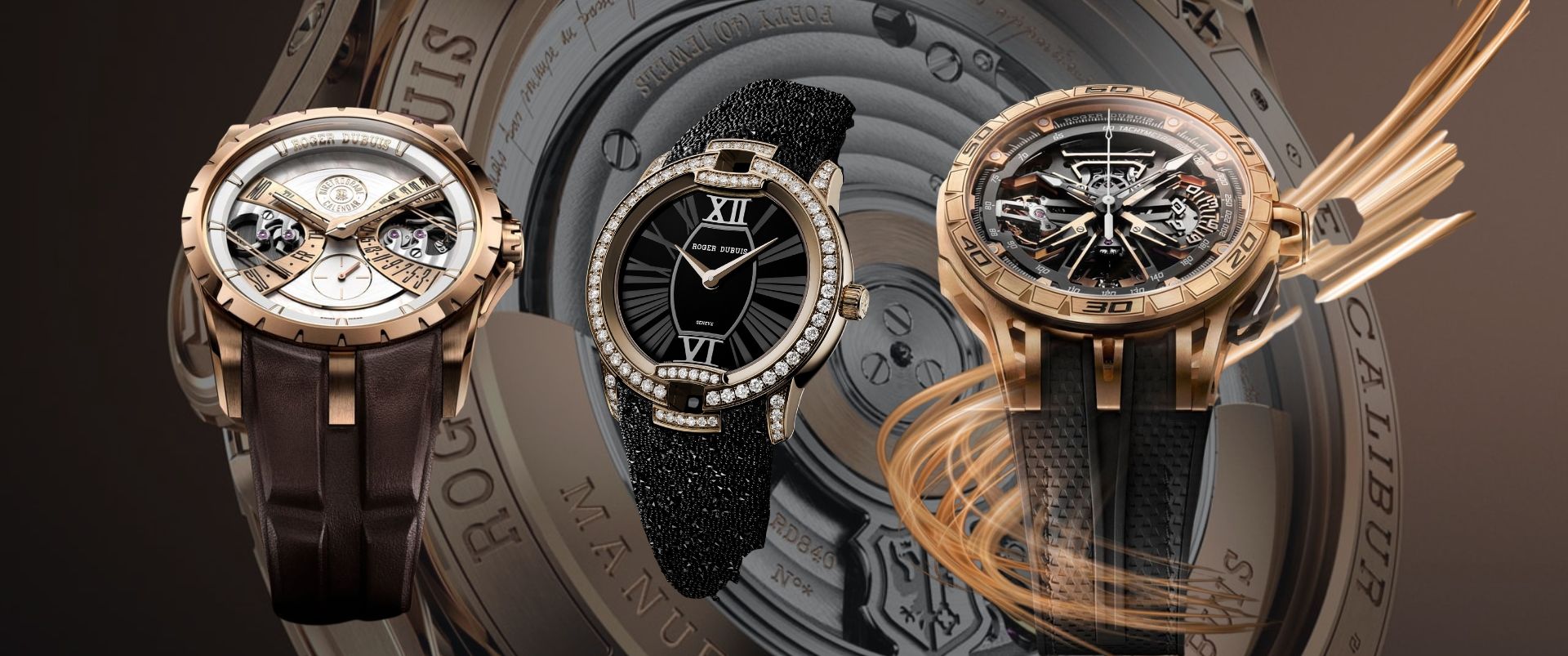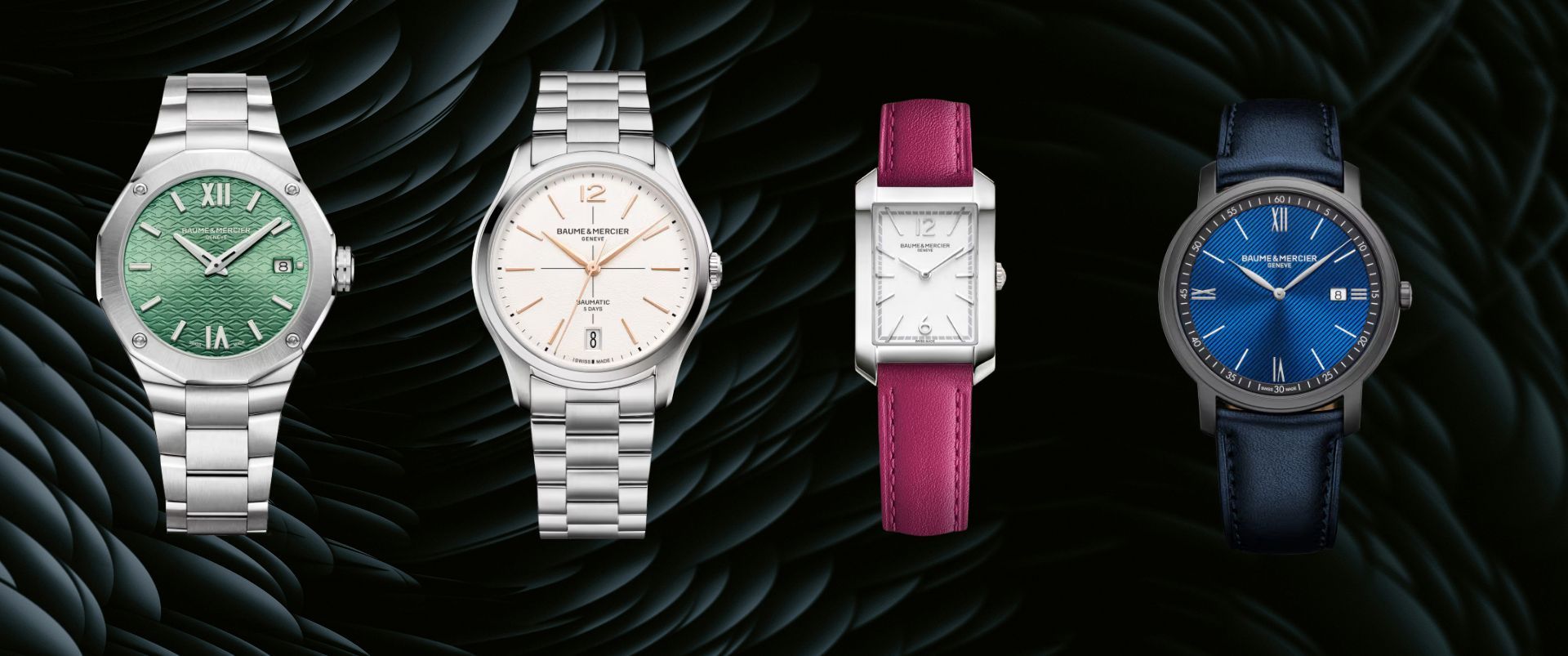From Sundials To Swiss Movements: The Story Of How Watches Came To Be
Amid the dizzying array of machines that have defined the modern industrial age, one humble device stands apart as the true key to our technological mastery - the unassuming timepiece. Though it may lack the raw power of the steam engine or the sleek sophistication of today's computers, this ticking mechanism has played a profound role in shaping the contours of our world. As sociologist Lewis Mumford observed, the clock's inherent nature worked to separate time from the ebb and flow of human experience. No longer beholden to the rhythms of the body or the seasons, time became an independent, mathematically precise domain - the "special world of the natural sciences." This divorce between time and lived reality paved the way for the systematic study and conquest of the temporal realm.
Yet the clock's lineage stretches back far beyond the era often credited as its birthplace. While Peter Henlein is hailed as the inventor of the pocket watch, the true origins of timekeeping devices can be traced through the mists of antiquity. Ernst von Bassermann-Jordan directs our gaze to the epoch around 600 BC, where we find King Hiskia's mysterious "shadow measurer" - a device that the scholar Christoph Schissler had already identified in 1578 as a type of refraction sundial. Even earlier, Anaximander is believed to have erected the first sundial in Greece around 550 BC, while Papirius Cursor installed Rome's inaugural time-telling instrument in 263 BC. However, these sundials could only measure daylight hours, necessitating the development of alternative timekeepers for the hours of darkness and cloud cover.

To fill this void, ingenious inventors like Scipio Nasica provided Rome with its first clepsydra, or water clock, in 158 BC. Other innovations soon followed, from oil-dripping mechanisms to hourglasses and even candle clocks - all part of humanity's relentless drive to tame the elusive currents of time.
The Era Of Gears And Levers
The age of mechanics, in the broadest sense, likely dawned in the 9th century when Charlemagne gratefully accepted a remarkable gift from Harun-al-Raschid in 807 AD. Hailing from Baghdad, this present was a clepsydra, or water clock, adorned with moving figures. Around 845 AD, Leo, the court philosopher of Byzantine Emperor Theophilos, crafted an even more impressive automaton, though it was not designed to measure the passage of time.

The advent of geared clocks marked a critical transition, allowing the measurement of time to transcend its ties to astronomical conditions. Clockmakers now sought to subdivide time into equal, countable units, laying the foundations for an increasingly precise and quantified temporal order. In the earliest such mechanisms, this role was fulfilled by an oscillating foliot - a weighted lever whose inertia could be adjusted to accelerate or decelerate the clock's pace. A spindle served as the critical escapement, though these primitive timepieces still typically deviated from perfect timekeeping by as much as half an hour per day. These early "tower-keeper's clocks" were designed with a specific purpose in mind. Every hour, an audible signal would remind the bell-ringer to strike the appropriate number of tolls to mark the current hour. Independent striking mechanisms, triggered directly by the clockwork, emerged as a later refinement. The transformation continued with the advent of moveable hour hands, replacing the formerly rotating dials, and the addition of whimsical automata - such as the "jacks" (lever-controlled bronze figures) that graced the landmark clocks of Orvieto and Venice.
![By The illustrator was probably w_John Farey, Jr. (1791–1851). The principal engraver for the encyclopedia was Wilson Lowry (1762–1824).[1] - Abraham Rees (1819) _Clepsydra_ in Cyclopædia_ or, a New Universal Dict.jpeg](https://assets.thehourmarkers.com/public/By_The_illustrator_was_probably_w_John_Farey_Jr_1791_1851_The_principal_engraver_for_the_encyclopedia_was_Wilson_Lowry_1762_1824_1_Abraham_Rees_1819_Clepsydra_in_Cyclopaedia_or_a_New_Universal_Dict_472ef738a1.jpeg)
To make mechanical timekeepers truly portable, an alternative to gravity-powered weights was required. A simple, elastic steel strip proved capable of fulfilling this role, though the origins of this innovation remain a subject of debate. The first spring-powered timepieces date back to the 15th century, and watchmakers soon developed mechanisms like the fusée and gut cord (later chain) to compensate for the irregularity of the spring's torque. Another potential solution was the stackfreed, attributed by some to the renowned Nuremberg watchmaker Peter Henlein. Henlein's legacy, however, is not without controversy. While he is often credited as the inventor of the pocket watch, some scholars point to a 1488 letter describing a jest by the Duke of Milan, who had concealed small timepieces with bells inside the pockets of his friends' suits. This anecdote suggests the pocket watch may have earlier origins on the Italian peninsula.
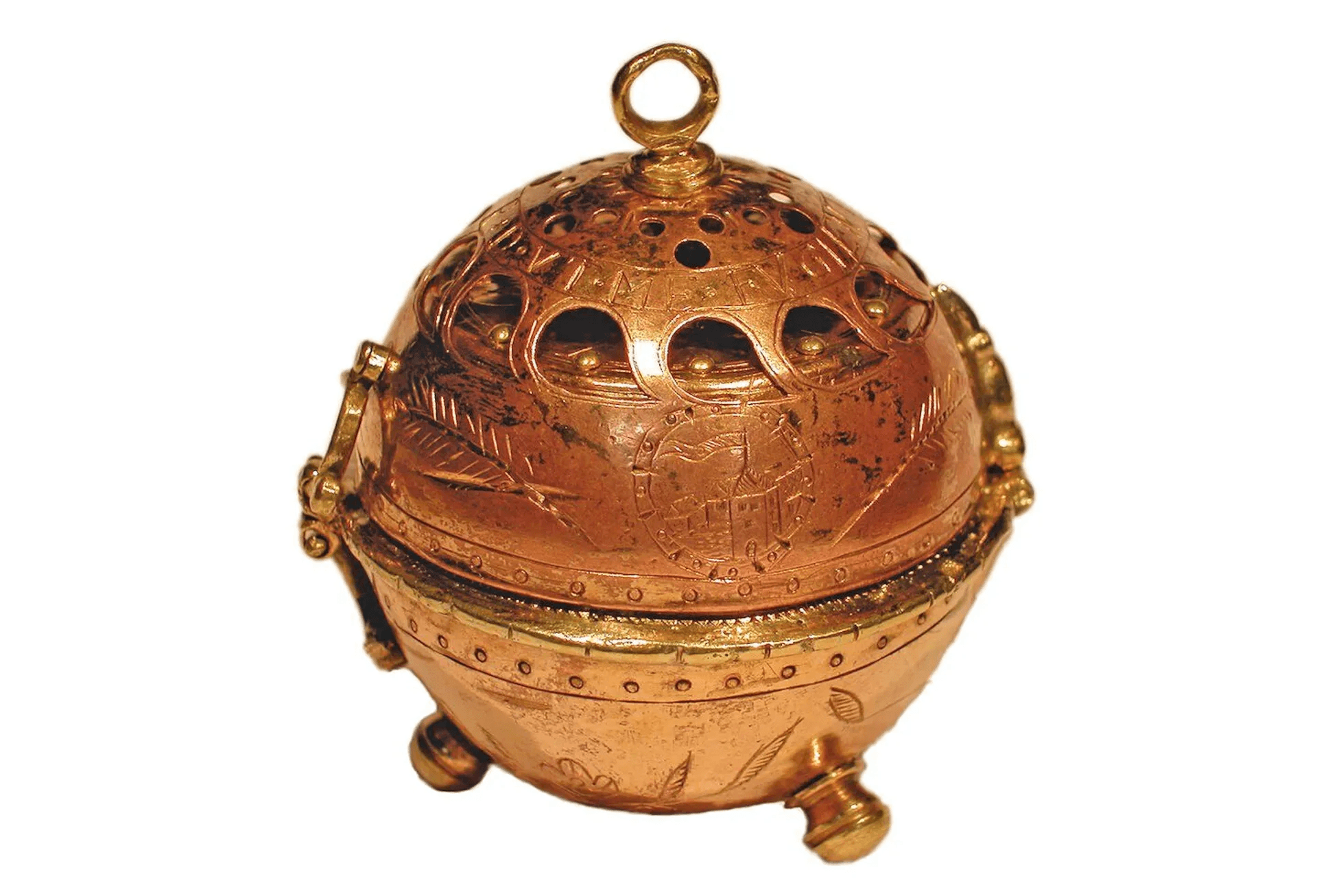
Precision Timekeeping
In the bygone era before telegraph-transmitted time signals, the humble sundial played a crucial role - not as a timekeeper in its own right, but as a means of monitoring the accuracy of mechanical clocks and watches. Compensating for the discrepancy between true and mean solar time required consulting mathematical tables, a tedious task. But the ingenious invention of timekeepers displaying the "equation of time" - dating back to the 16th century - finally eliminated the need for such daily number-crunching.
The true breakthrough, however, can be traced to the discovery of the freely swinging pendulum - a feat credited to the legendary minds of Galileo Galilei and Leonardo da Vinci. By incorporating this innovation as the rate-regulating mechanism at the heart of their timepieces, visionary thinkers like Dutch scholar Christiaan Huygens and master craftsman Salomon Coster of The Hague were able to achieve a dramatic leap in precision starting in 1657. This enhanced mechanical method remained the world's most accurate until the advent of electronic timekeeping in the 1960s.
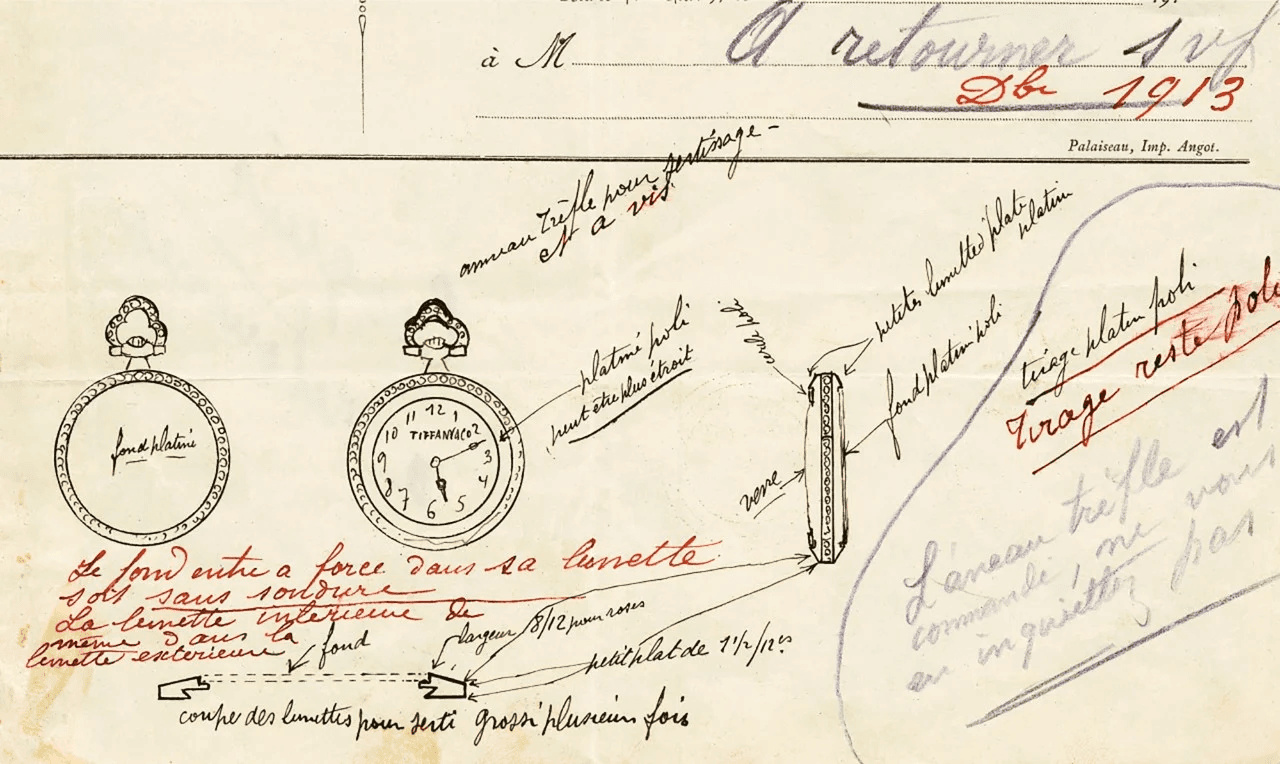
The pendulum's critical importance was first recognized by a cadre of pioneering English watchmakers - Clement, Graham, and Tompion among them. Through optimized escapements and thermal compensation devices, they coaxed ever-greater accuracy from these mechanical marvels. Yet the pendulum's reliance on gravity, akin to the weight-driven mechanisms of the earliest clocks, posed an inherent obstacle to the growing human desire for mobility. Huygens' 1675 patent for the balance spring proved a pivotal breakthrough, enabling significant improvements in pocket watch precision that eventually made the inclusion of minute and even seconds hands a standard feature. A landmark achievement in this regard was John Harrison's H4 chronometer, which lost a mere five seconds over an 81-day ocean voyage in 1761. While the 18th century saw few entirely novel timepiece designs beyond marine chronometers, steady advancements in escapement mechanisms and the introduction of self-winding features steadily pushed the technical boundaries.
At the more affordable end of the spectrum, George Roskopf's "pin-pallet" escapement enabled a watch so cost-effective that even day laborers could own one - which he unabashedly dubbed "La Proletaire," the watch for the proletariat. Meanwhile, at the luxury end, watchmakers strove to create ever-finer, more elaborate grande complication models.
Democratization Of Time
Ultimately, the 20th century belonged to the wristwatch in all its variants, including those powered by the oscillation of quartz crystals. After wristwatches outsold pocket watches for the first time in 1930, there was no stopping the triumph of the timepiece worn on the arm - a development the poet Sigismund von Radecki described memorably as "the handcuffs of time." The democratization of time was well underway, as advances in watchmaking enabled timepieces to run with greater accuracy and reliability, no longer confined to the exclusive privilege of the wealthy elite.

Foundational to this transformation was the rise of factories mass-producing watch movements, known as ébauches. This serial manufacturing approach drove down costs, making affordable, high-quality timepieces accessible to the growing middle classes. No longer the rarified preserve of nobles and clergy, the ability to monitor the relentless march of time became a common courtesy extended to the common person. This widening democratization of time was a natural outgrowth of the technical innovations that had steadily elevated the precision and longevity of watches over the preceding centuries. As these mechanical marvels grew ever more reliable, their ownership transitioned from a status symbol to a practical necessity, their ticking heartbeats setting the rhythm for an increasingly industrialized world. Ordinary citizens could now own and carry their own portable timepieces, freeing them from the chimes of distant church bells or the limited reach of public clocks. Time, once the exclusive domain of the privileged few, was now democratized - a resource available to all who could afford even the humblest of watches.
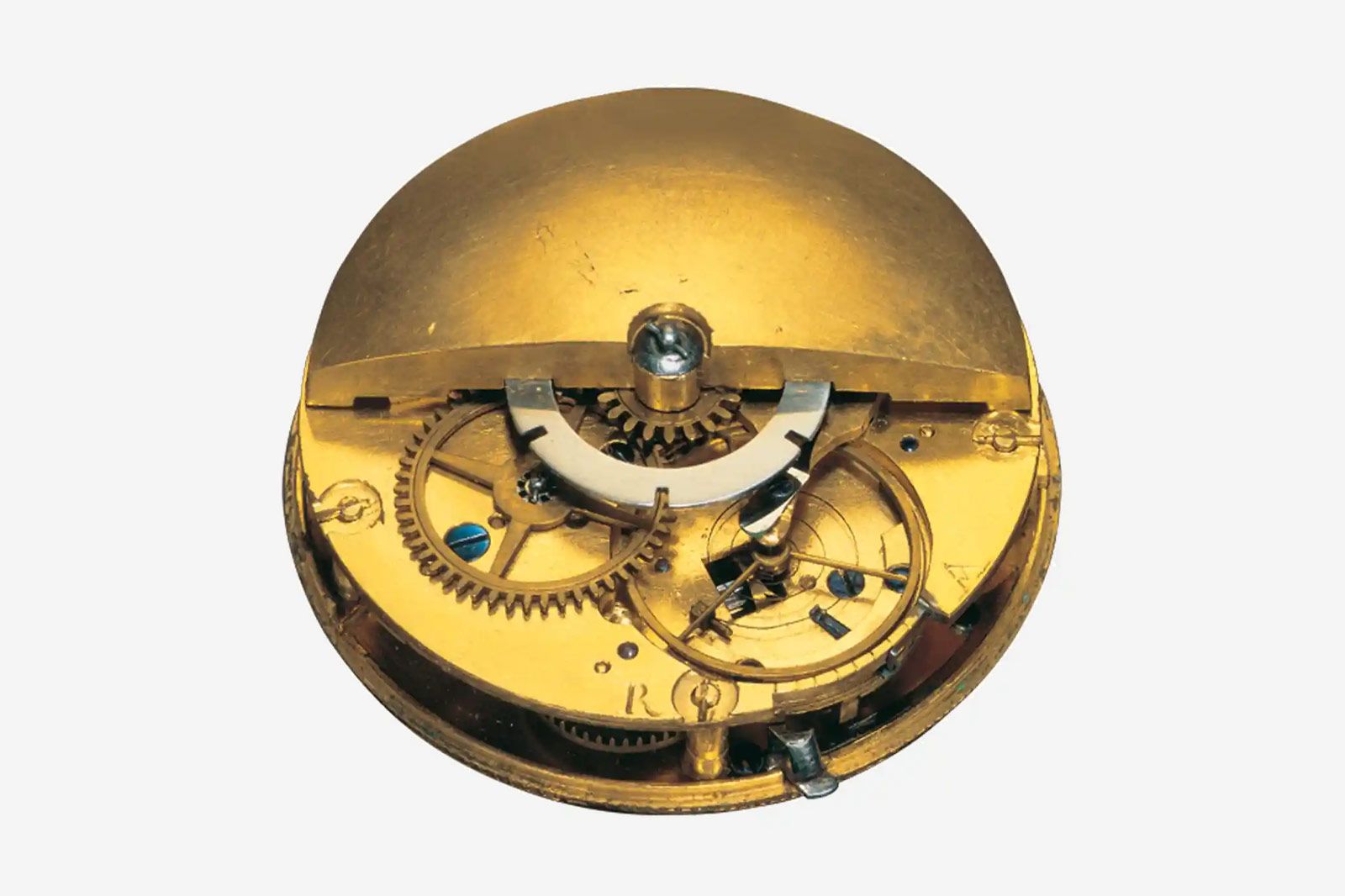
This democratization, in turn, fueled further innovations, as watchmakers strove to meet the growing demand for affordable, durable timekeepers. The stage was set for the wristwatch to emerge as the quintessential accessory of the modern age - a symbol of the temporal autonomy that had become the birthright of the common person.
From Where It All Started
In the years between 1831 and 1838, the successors of the ingenious watchmaker Abraham-Louis Breguet catered to a discerning clientele, crafting a number of watches intended to be worn on the wrist. Records from the firm's archives indicate these timepieces were animated by compact movements just 18 millimeters in diameter. Across the border in Geneva, the renowned manufacturer Patek, Philippe & Co. followed suit in 1868, producing a fine golden bracelet housing a baguette-shaped watch movement. However, it would be another five years before this exclusive piece could find a buyer. To consult the time, the fortunate lady owner first had to push aside a sparkling diamond to reveal the dial and hands - an ostentatious gesture befitting such a precious creation.

A small series of Viennese wristwatches emerged a decade later in 1878, described by a contemporary chronicler as "to be worn by gentlemen for their own convenience." Around this same time, in 1880, Girard-Perregaux began delivering what were likely the world's first serially manufactured wristwatches, produced at the behest of the German navy. An estimated 2,000 examples were made, though even the firm's own museum has since failed to acquire one of these timepieces, intended to be worn on a chain wrapped around a naval officer's wrist. While Kaiser Wilhelm II's patronage at the 1879 Berlin Exposition had spurred Girard-Perregaux's innovation, American men remained largely resistant to the idea of strapping a timepiece to their wrists. Contemporary magazines did report, however, that female American tourists in Lucerne, Switzerland in 1886 were enamored with the gold and silver wristwatches, fitted with cylinder escapements and "scissor bands," produced by Frédéric Cuanillon's Biel-based firm Kulm.
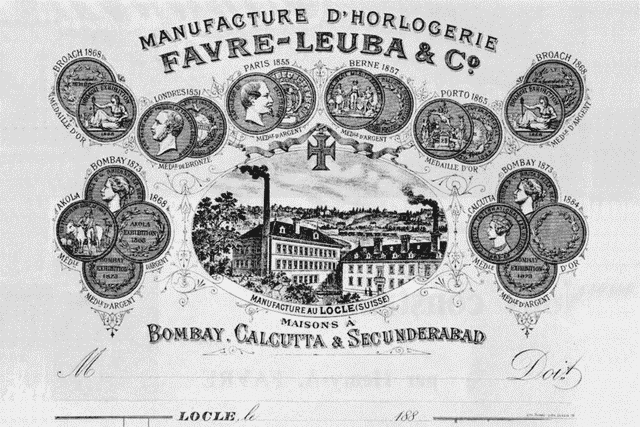
Yet these examples were merely the exceptions that proved the rule. If left to their own devices, gentlemen would have consigned the wristwatch to the shadows. The prevailing view held that a watch belonged safely tucked in the pocket of a vest or pants, or perhaps affixed to a man's belt - a "delicate object" to be handled with utmost care and respect when consulted. The wristwatch, it seemed, would have a difficult path to widespread acceptance. As the 19th century transitioned into the 20th, the power of the fairer sex became ever more apparent, driving a fascinating transformation in the world of timekeeping. Rapidly evolving fashion trends went hand-in-hand with a growing disdain for the traditional pendant watch. Sales of these conventional timepieces began to decline, but the increasing popularity of the once-scorned wristwatch provided the watchmaking industry with a welcome boost.
The Shift Towards Feminine Watches
A 1914 survey by Femina magazine captured this shifting tide. An impressive 3,437 of its 4,350 respondents declared themselves "definitely favorable" to wristwatches, with only 433 still preferring the classic pocket timepiece. Yet some merchants remained steadfastly opposed, viewing the wristwatch as a "feminine aberration" unsuitable for serious timekeeping. One dealer in 1916 begrudgingly acknowledged the growing demand, while still lamenting the wristwatch's "notorious inaccuracy" - a flaw he deemed irrelevant for the ladies, who "didn't need to know the time with to-the-second accuracy."

For men, however, nothing less than a well-crafted pocket watch with a precise lever escapement would suffice. Alas, such high-quality movements were not widely available, as many manufacturers prioritized ornamental embellishments over functional superiority. As one critic wrote in 1917, "Let us hope the fashionable foolishness of wearing a watch on the least sedate part of the body - on a bracelet - will soon disappear." Even in 1925, a Berlin watchmaker bemoaned the "cumbersome" wristwatch as a "peculiar mutant" signaling the "masculinization of the female sex." But the critics could not halt the tide. By the late 1920s, the wristwatch had firmly entrenched itself on the wrists of fashion-conscious ladies, tough military men, athletic heroes, and even unconventional gents. What had once been deemed a feminine affectation was now embraced across society - a testament to the power of evolving tastes to reshape an entire industry.
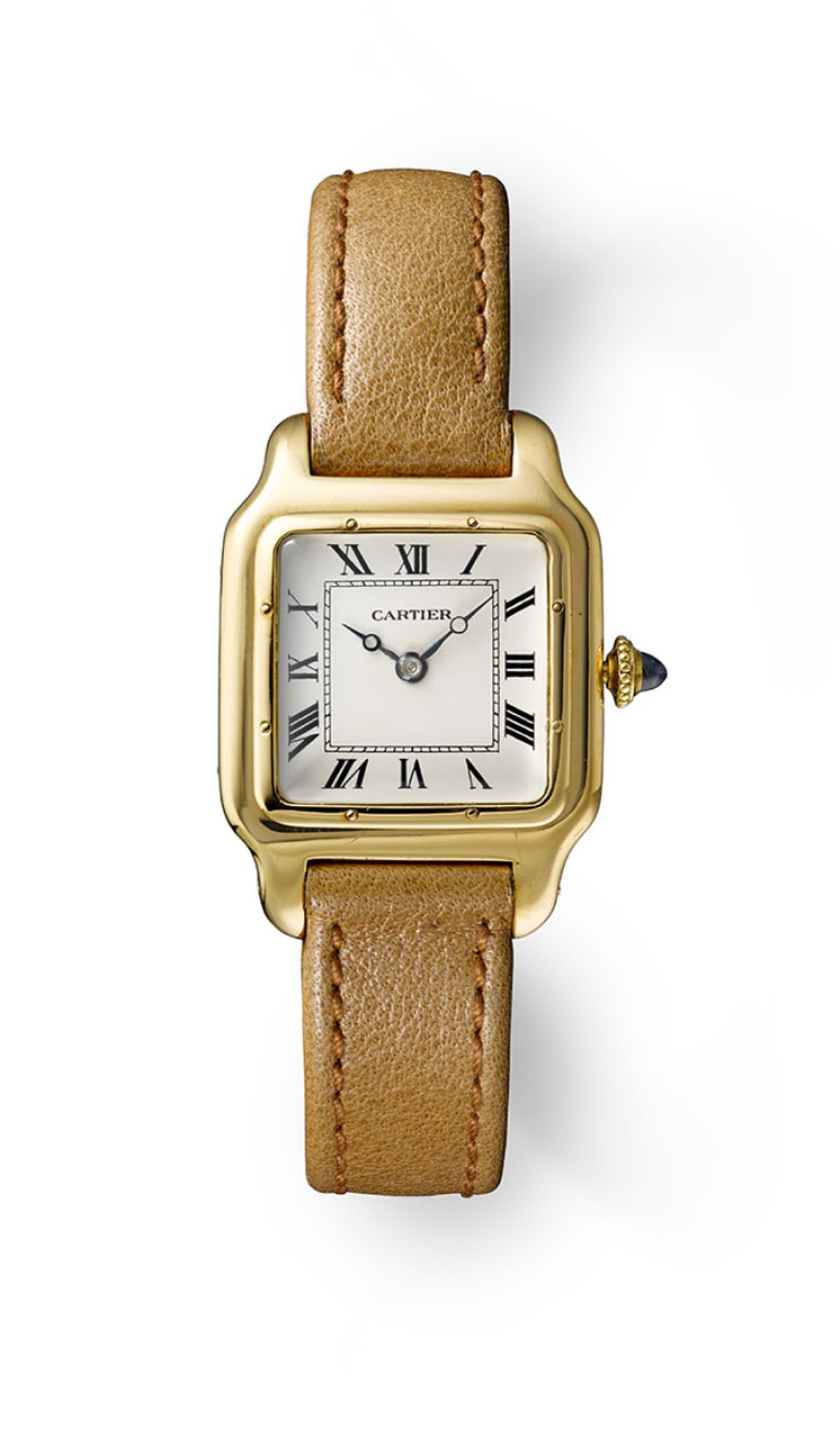
This triumph was driven in no small part by the wristwatch's practical advantages, as soldiers in the trenches of World War I quickly discovered. With the ability to instantly glance at the time without first fishing a pocket watch from one's uniform, these portable timekeepers could even mean the difference between life and death. To meet the military's needs, the industry responded by developing protective features like shatter-resistant crystals, luminous dials, and specialized complications like chronographs and compasses. The wristwatch's ascent was inexorable. As fashion-forward women and tough-as-nails soldiers both embraced the utility and style of the wrist-mounted timepiece, it soon found favor across all of society - from athletes and adventurers to scientists and artists. The once-derided "peculiar mutant" had emerged victorious, transforming from a feminine affectation to the quintessential accessory of the modern age.
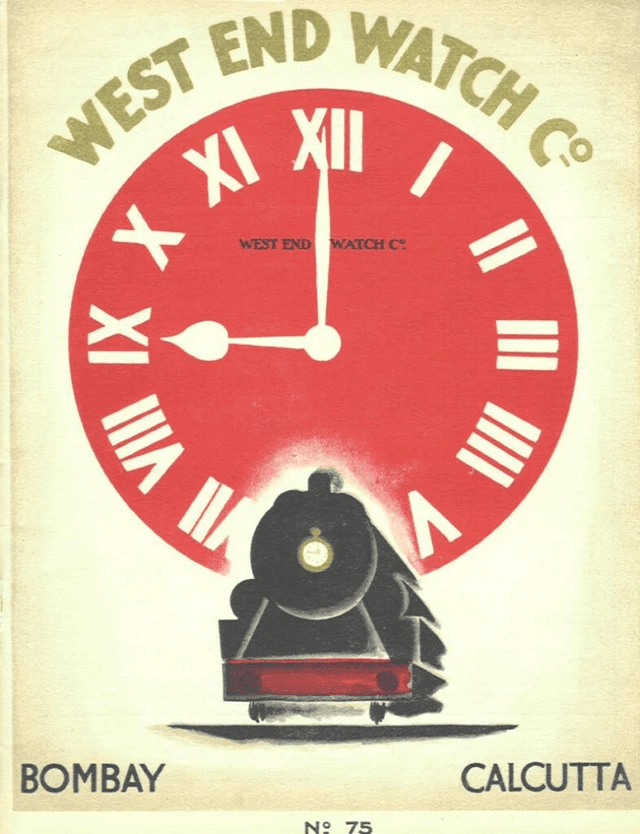
Emerging From The Battlefield
In the early 20th century, a revelatory endorsement of the wristwatch emerged from an unexpected source - the battlefield. As recounted in a 1904 advertisement in a Leipzig watchmaking journal, a British artillery officer reflected on his experiences during the Boer War raging in South Africa. He declared the wristwatch an indispensable element of a soldier's field equipment, capable of withstanding the extremes of heat and cold, torrential rain, and violent sandstorms. The officer extolled the practical advantages of the wrist-mounted timepiece, which allowed soldiers to instantly consult the time without having to extract a bulky pocket watch from their uniform. This convenience proved invaluable, a lesson that would be reaffirmed with even greater urgency during the global conflagration of World War I. As troops hunkered down in the sprawling trench networks of the Western Front, they quickly recognized the wristwatch's superiority over the pocket model. In critical situations, the ability to glance at one's wrist could mean the difference between life and death, negating the fatal delay of retrieving a timepiece from its hidden pocket.
Recognizing this tactical imperative, the watchmaking industry set to work fortifying the wristwatch for the rigors of combat. Leather sheaths, protective metal grids, and hinged hunter cases guarded the timepieces' vulnerable crystal faces. Radium-coated dials and hands ensured legibility, even in the darkest dugouts.
The Wristwatch Era
The wristwatch's transformation went beyond mere durability. Specialized military models incorporated chronograph mechanisms, telemeter scales, and even compasses - features that allowed officers to precisely calculate the proximity of enemy forces. These hardy, functional timepieces made no attempt to disguise their origins, retaining the classic circular case and stirrup-shaped strap lugs of the pocket watch. The ultimate testament to the wristwatch's wartime prowess came in 1919, when Chief Pilot Roland Rohlf strapped one to his wrist and soared to a record-breaking altitude of over 10,500 meters. The Depollier wristwatch, equipped with a Waltham movement, emerged unscathed from the extreme cold and pressure, a symbol of the rugged reliability that had made it an indispensable tool on the battlefields of Europe. The stylistic emancipation of the wristwatch is undoubtedly linked to the vision of gifted designer Louis Cartier. This scion of a legendary Parisian jewelry dynasty forged an unlikely friendship with pioneering Brazilian aviator Alberto Santos-Dumont in the early 20th century.
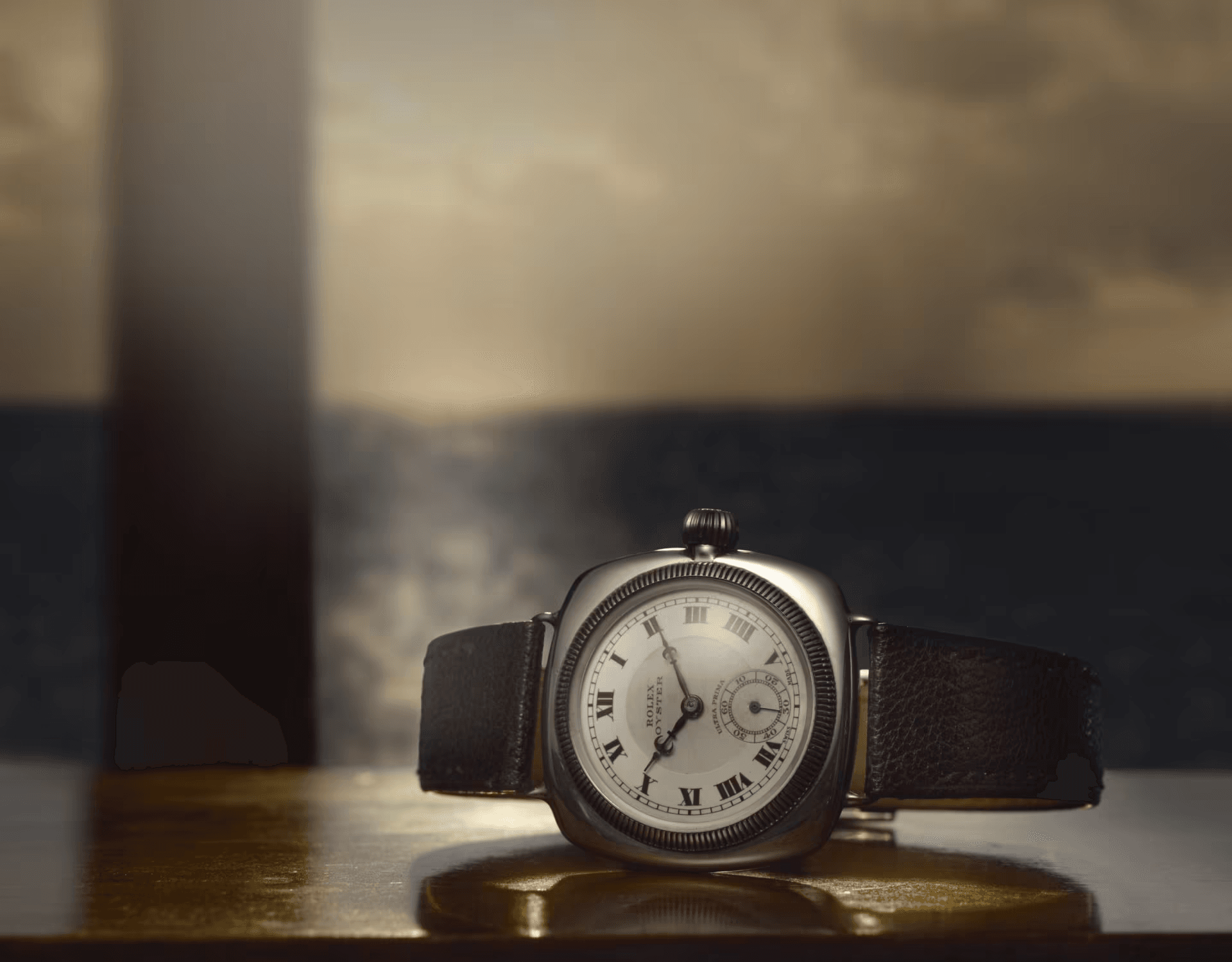
Cartier's design prowess proved influential beyond the realm of flight. In 1916, as British troops advanced during the Battle of the Somme, the martial appearance of the new "tanks" inspired the designer to create his iconic Tank L.C. model. Characterized by a clean, functional rectangular case, the first Tank wristwatches were presented to General John Joseph Pershing and other high-ranking officers before becoming available to the general public in 1919. These groundbreaking designs were merely the vanguard of the wristwatch's meteoric rise. By the mid-1920s, the "people's chronometer" had firmly conquered the market, accounting for 35% of all timepiece sales, a figure that climbed to 65% by 1934. This astonishing success stemmed from a confluence of factors - the perfection of water- and dust-resistant cases, the introduction of automatic winding, greater diversity of stylistic options, and the development of innovative complications.

But arguably the most critical innovation was the crown-winding mechanism, an invention closely linked to names like Louis Audemars and Jean-Adrien Philippe of Patek Philippe. This deceptively simple feature transformed the wristwatch from a niche curiosity to a practical, mass-produced cultural artifact - the quintessential accessory of the modern age. The convergence of efforts to create the perfect mechanical wristwatch - one capable of satisfying the greatest diversity of demands and coping with all aspects of daily life - led to a golden age between the 1930s and 1970s. During this period, the variety of designs and innovations achieved truly staggering dimensions, as watchmaking businesses vied to attract customers with new developments, some practical and others fleeting.

Customers, too, viewed wristwatches through varying lenses. For some, they were purely utilitarian timekeeping instruments; for others, reliable companions on the wrist; and for still others, fashionable accessories or status symbols. A few even saw them as cheap, disposable items. But regardless of perspective, wristwatches had not yet evolved into the coveted collector's pieces they would become. The decades that defined the wristwatch's rise each had their own distinct stylistic imprint. The 1930s were the heyday of the rectangular case, while the 1940s brought a return to round, water-resistant designs and increased popularity of chronographs. The 1950s ushered in self-winding movements, moon phase displays, and square cases, followed by the sleek, flat aesthetics of the 1960s and the indulgently ornate styles of the 1970s.
Yet this dynamic period of innovation also saw the wristwatch teeter on the brink of extinction. The rise of electromechanical and quartz movements seemed to threaten the supremacy of the mechanical timekeeper, with their promises of greater convenience and precision. By the late 1970s, the mechanical watch's downfall appeared imminent, overwhelmed by the affordability of digital watches from the Far East.

But fate had other plans. In the 1980s, a spectacular renaissance began, fueled by the newfound status of vintage wristwatches as coveted collector's items. Suddenly, mechanical timekeepers were enjoying an "unprecedented period of prosperity," with a spectrum of innovations and complications broader and more diverse than ever before. As American psychologist Robert Lewin observed, the ticking of a mechanical watch was the "heartbeat of human culture" - a truth that only grew more self-evident as the wristwatch's enduring legacy continued to unfold.
In the 1920s, Rolex developed the first waterproof watch, a significant milestone in the industry. Breitling created one of the first wristwatch chronographs in 1915, showcasing its expertise in precision timekeeping. In 1931, LeCoultre & Cie, now known as Jaeger-LeCoultre, introduced the iconic Reverso watch. This model featured a unique case design that allowed the wearer to slide the case sideways and flip it over, protecting the crystal from the impact of a polo mallet. The 1970s marked a significant turning point in the watch industry, with the advent of the quartz crisis. This technological shift paved the way for the development of the modern smartwatch industry.

Today, watch brands continue to innovate, experimenting with new materials to create thinner, lighter-weight watches. We have noticed a shift amongst the youth towards connected watches where newer technology is coming to the forefront. But there is also a select group of collectors who are gravitating towards the re-issues like the Vacheron Constantin Historiques 222, Piaget Polo, Cartier Tortue, signifying a shift towards a piece of history and vintage era. From sundials to wristwatches – we have seen a great evolution but are we truly going back in time?
No articles found


